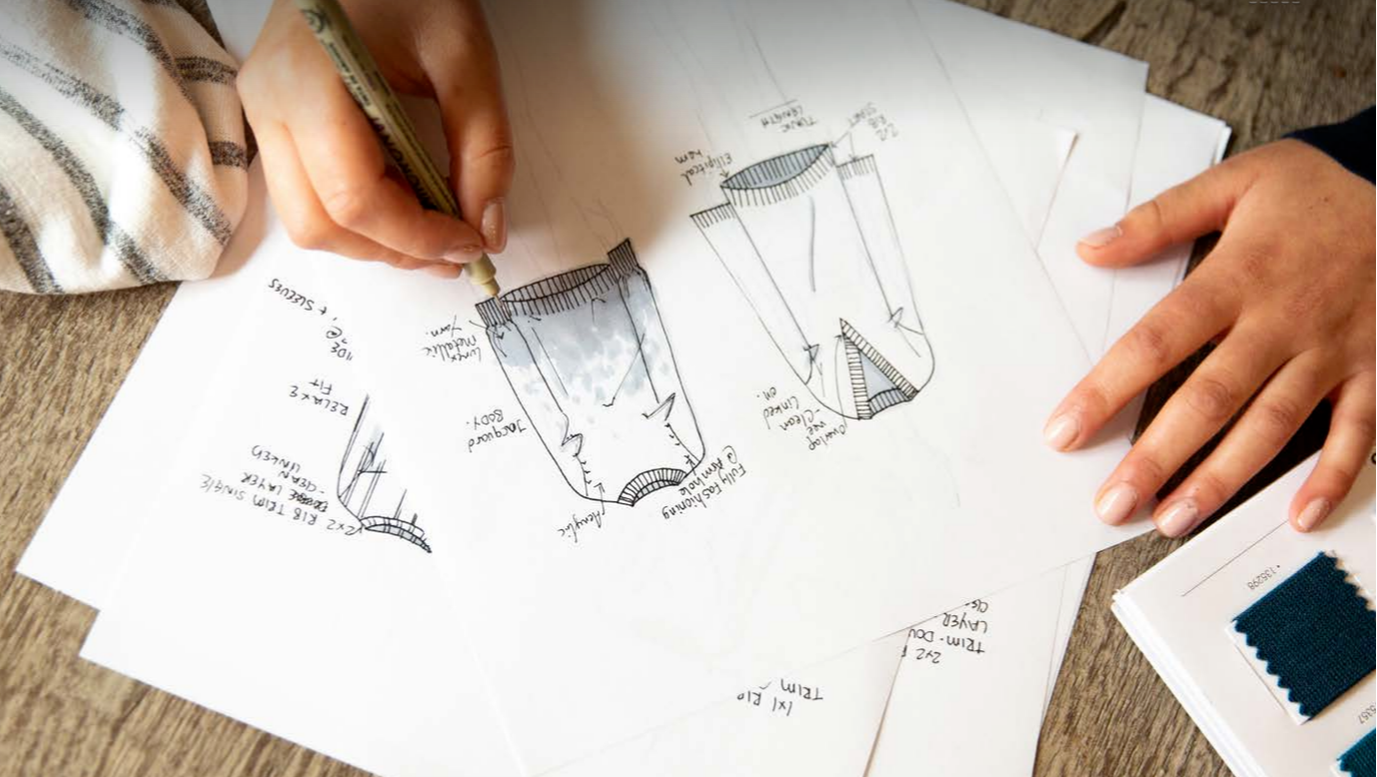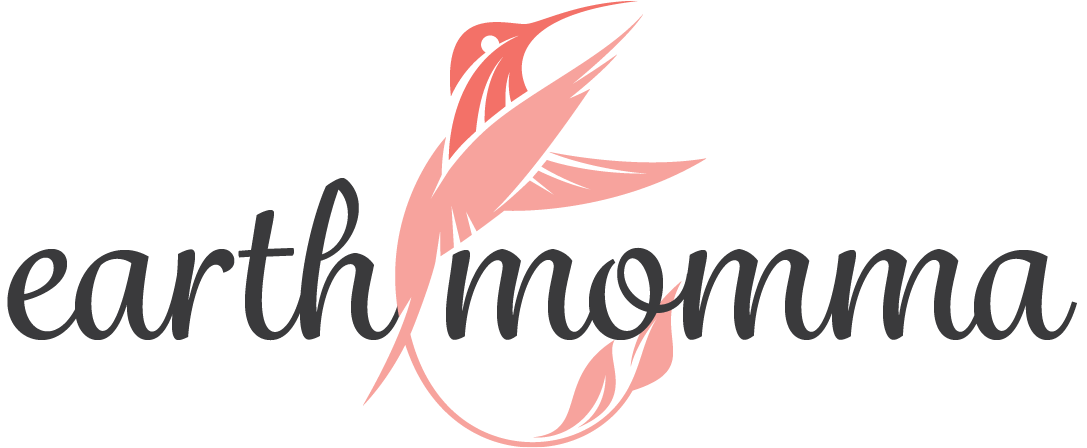Gap Inc. and Banana Republic Making Huge Strides in Sustainability

Now that more and more people are calling on corporations to step up their game when it comes to sustainability and social responsibility, we see companies making some hefty promises. Although it’s a positive sign that corporations are listening to their customers and working to change for the better, it can be hard to identify those that are serious about their newfound commitments to people and the planet. And when 60% of sustainability claims by fashion giants are greenwashing, a harrowing statistic found in a recent report by Synthetics Anonymous, can you blame us for being a little skeptical?
So what exactly is greenwashing, and how can we spot it? Greenwashing, a relatively new term, is the practice in which a company exaggerates their sustainability credentials without supporting evidence. It’s usually seen as a marketing tactic used to fool the conscious consumer into thinking their purchase is minimizing harm to the environment and “making a difference.” A few places where greenwashing is most obvious is in a company’s product names, advertisements, labelling and packaging or any other accompanying information.
In the U.K., where legislation surrounding commercial practices and sustainability claims is a little more advanced than in the U.S., the Competition Markets Authority (CMA) has published draft guidance on consumer-protection laws for businesses making environmental claims. This guidance will help readers identify which products and services that claim to be “sustainable” might actually mislead consumers. The CMA’s guidelines cover accuracy; the avoidance of ambiguity; not omitting or hiding important information; fair and meaningful comparisons between products; considering the full life cycle of a product and ensuring claims can be substantiated.
When looking over those guidelines, it’s easy to become overwhelmed with the thought of having to research every brand to make sure they meet these standards. Fortunately for us, if a company is doing their due diligence and keeping up with their sustainability promises, they usually like to share that information with their consumers. Thus, you’ll see businesses regularly publish reports where they delineate how they are working toward their goals. One example of this is Gap Inc. Gap recently published their 2020 Global Sustainability Report, a 48-page document where they walk you through their progress for each of their four lifestyle brands: Old Navy, Gap, Banana Republic and Athleta.
Social and environmental responsibility seems to be the guiding light for Gap, who’s been setting lofty goals and sharing their progress since at least 2007. In fact, their first report listed the following four areas as the focus of their social responsibility work: supply chain, environment, employees and community investment. Now, the company has adopted a new strategy where they have a balanced focus of three pillars: empowering women, enabling opportunity, and enriching communities and the environment. According to Sally Gilligan, Chief Growth Transformation Officer at Gap, these three pillars help create “a sustainable ecosystem.”
So what does each pillar entail?
EMPOWERING WOMEN
Making industry-leading investments to help ensure women are empowered to reach their full potential.
ENABLING OPPORTUNITY
Creating sustainable economies and a culture of equality and belonging by using Gap’s assets and scale to enable access to opportunity.
ENRICHING COMMUNITIES
Becoming carbon-neutral and water-positive by 2050, eliminating single-use plastics from its value chain, and supporting a circular economy to protect natural resources and ensure healthy communities for generations to come.
What’s interesting about this strategy is that all of Gap’s four brands are committed to the three pillars, but individually emphasize work that connects to at least one pillar of strategy. For example, Banana Republic chose to focus on “enriching communities” in 2020, making huge strides toward meeting their brand’s goals. They focused on embracing a circular economy, conserving water and utilizing more sustainable raw materials.
Aligned with its commitment to conscious luxury, Banana Republic surpassed some of its goals before their deadline, which is definitely something to celebrate! First, over 60% of the materials used in their 2020 Collection came from sustainable sources, including denim that was designed with recyclability in mind. Then, they partnered with Ellen MacArthur Foundation’s Jeans Redesign project to introduce organic cotton denim, a challenge to redesign denim in line with the circular economy’s principles. They continue to use innovative dyeing techniques and wash methods to save water, while also ensuring cleaner waterways through the implementation of innovative techniques such as bio-softeners, foam dye and Washwell, and the use of recycled and organic cotton. If you’re interested in learning more about Banana Republic’s individual sustainability goals, you can visit their website for updates.
As you can see, Gap Inc. is no stranger to sharing detailed information about their sustainability commitments and where they’re at in meeting those; there are many other companies who also make a point to keep their consumers updated in the same manner. In fact, if you see a company who isn’t sharing this kind of information on a regular basis, but they continue to make sustainability-related claims, they might be greenwashing.
On the flip side, we also know it can be tough sometimes to believe that businesses are trying to change for the better. However, it’s important to remember that when large corporations are dedicated to making positive changes in terms of sustainability, it means there’s a significant possibility of seeing results in our environment. And when a company like Gap is setting bold goals for each of their brands, working toward them and reporting honestly, it’s important to applaud those efforts.
If we don’t, how will they know to continue moving forward?
Keep up with all of Green Living’s original content online and on social media.
By Adriana Bachmann, as seen in Green Living Magazine.

